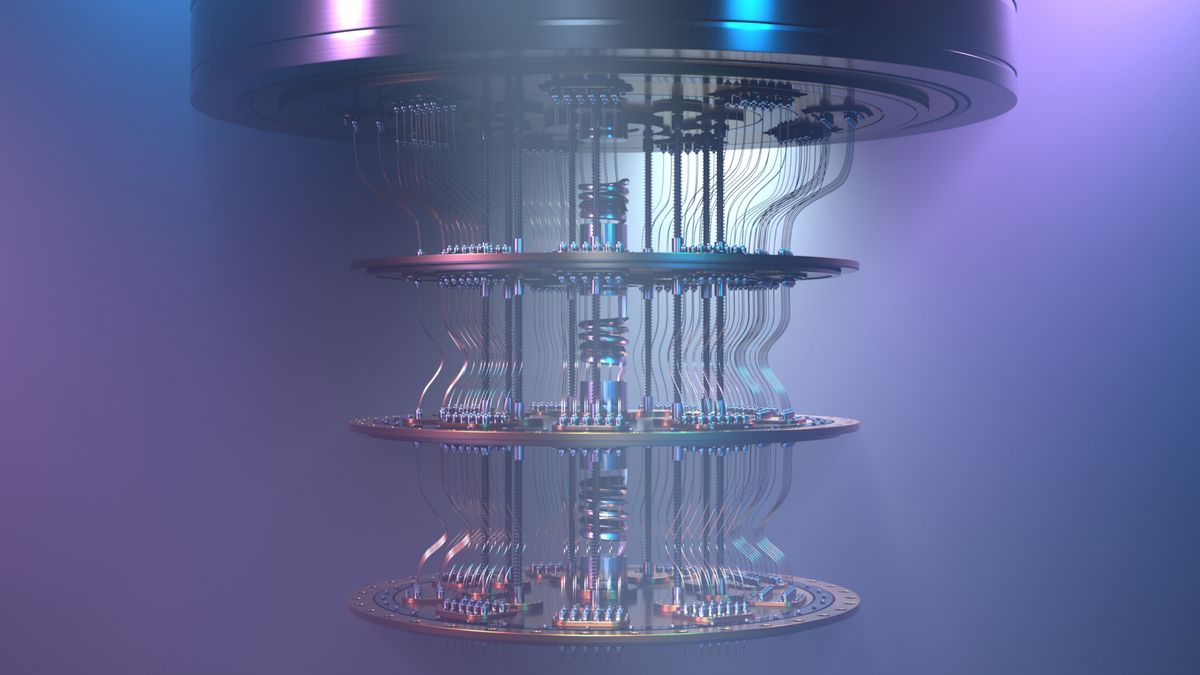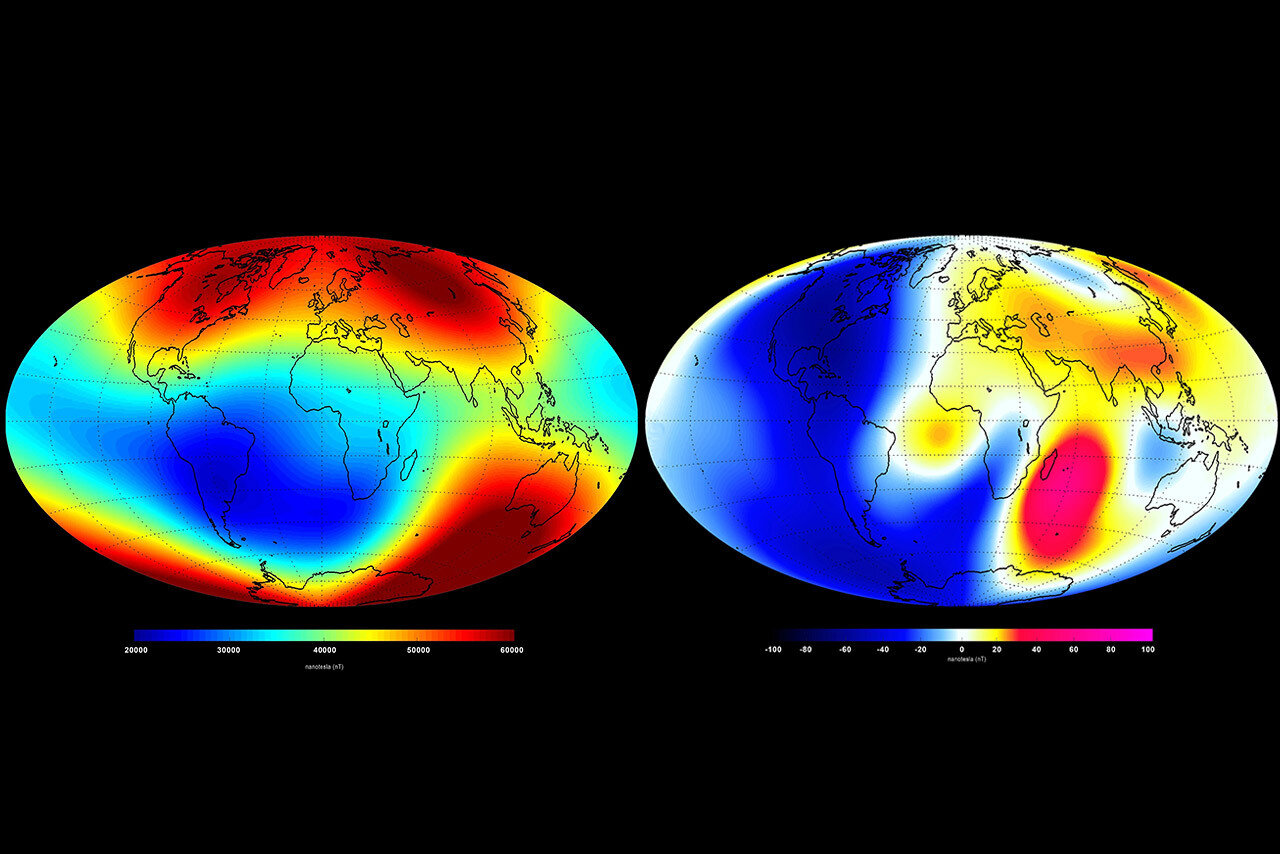Reaching absolute zero for quantum computing is now much faster thanks to a breakthrough refrigerator design
A breakthrough cooling technology could help revive quantum computing and cut the expensive set-up time of key scientific experiments by weeks.
Scientists often need to generate temperatures close to absolute zero for quantum computing and astronomy, among others. Such temperatures, known as “Big Chill”, keep the most sensitive power tools free from disturbances – such as temperature changes. However, the refrigerators used to achieve these temperatures are extremely expensive and inefficient.
However, scientists at the National Institute of Standards and Technology (NIST) – a US government agency – have built a new prototype refrigerator that they claim can achieve great cooling much faster and more efficiently.
The researchers published details of their new machine on April 23 in the journal Nature Communications. They claimed that its use could save 27 million watts of energy annually and reduce global energy consumption by $30 million.
A new kind of refrigerator
Common household refrigerators work through the process of evaporation and condensation, per Living science. The refrigerant liquid is pushed through a special low-pressure pipe called an “evaporator”.
As it evaporates, it absorbs heat to cool the inside of the refrigerator and then passes through a compressor that turns it back into a liquid and raises its temperature as it is radiated out the back of the refrigerator.
Related: ‘World’s purest silicon’ could lead to first million-qubit quantum computing chips
Scientists have been using pulsed tube refrigerators (PTRs) for more than 40 years to achieve the desired temperatures. PTRs use helium in a similar process, but with much better heat absorption and no moving parts.
Although effective, it consumes a huge amount of energy, is expensive to run and takes a long time. However, NIST researchers also found that PTRs are unnecessarily inefficient and can be significantly improved to reduce cooling times and reduce overall costs.
In the study, the researchers said that PTRs “suffer from major inefficiencies,” such as being optimized “for performance only at their core temperature” — typically close to 4 Kelvin. It means the PTR is running at a very inefficient level when cooling, they added.
The team found that by modifying the design of the PTR between the compressor and the refrigerator, helium was used more efficiently. During cooling, some of it is normally pushed into the relief valve instead of pushing around the circuit as intended.
Quantum computing at a fraction of the cost
Their proposed modification includes a valve that retracts as the temperature drops to avoid wasting helium in this way. As a result, the NIST team’s modified PTR hit the Big Chill 1.7 to 3.5 times faster, the researchers said in their paper.
“In smaller quantum circuit prototyping experiments, where cooling times are currently comparable to characterization times, dynamic acoustic optimization can substantially increase measurement throughput,” the researchers wrote.
The researchers said in their study that the new method could shave at least a week off experiments at the Cryogenic Underground Observatory for Rare Events (CUORE) — a facility in Italy used to search for rare events such as a currently theorized form of radioactive decay. . Background noise must be as low as possible to obtain accurate results from these devices.
Quantum computers need a similar level of isolation. They use quantum bits or qubits. Conventional computers store information in bits and encode data with a value of either 1 or 0 and perform calculations in sequence, but qubits occupy a superposition of 1s and 0s, thanks to the laws quantum mechanicsand can be used to process calculations in parallel. However, qubits are incredibly sensitive and need to be separated from as much background noise as possible – including tiny fluctuations in thermal energy.
The researchers said even more efficient cooling methods could theoretically be achieved in the near future, which could lead to faster innovation in the quantum computing space.
The team also said that their technology could alternatively be used to achieve extremely low temperatures at the same time but at a much lower cost, which could benefit the cryogenic industry, reducing the cost of time-saving experiments and industrial applications. The researchers are currently working with an industrial partner to commercialize their improved PTR.














Post Comment